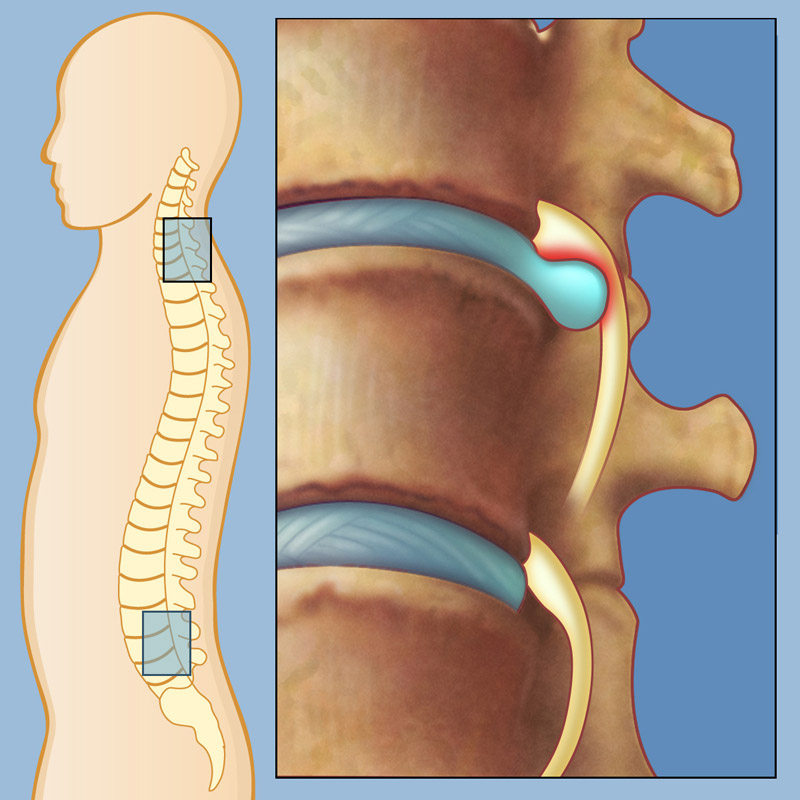Existing with ongoing pain can be an overwhelming challenge that affects every aspect of routine life. It can affect your physiological well-being, emotional health, and total quality of life. Nevertheless, there are effective strategies and therapies offered designed to control pain and help individuals regain their lives. Learning about the different types of pain and studying pain management services can equip you to take control of your situation and find comfort.
In this thorough guide, we will explore various pain management options, including traditional and alternative therapies, lifestyle changes, and holistic approaches. From the importance of physical therapy and chiropractic care to the benefits of mindfulness and dietary adjustments, we aim to provide you with valuable insights on how to alleviate pain. Whether you suffer from acute pain or chronic conditions, knowing your treatment options can lead you to a more easy existence.
Comprehending Suffering Management
Managing pain is a cross-disciplinary approach that aims to reduce suffering and boost the quality of life for people experiencing chronic pain. It encompasses diverse therapies, drugs, and lifestyle changes tailored to address the unique needs of each patient. By tackling the complicated nature of pain, such as its physiological, emotional, and emotional aspects, pain management seeks to provide all-encompassing relief, allowing patients to regain control over their lives.
The types of pain a person may experience can be categorized broadly into acute and long-term categories. Short-term pain is commonly brief and often is caused by an injury or medical condition, while chronic pain persists for an extended period, commonly lasting beyond six months. Grasping the variances between these two types is crucial for choosing effective treatment and management plans. Effective pain management necessitates an accurate diagnosis, which shapes the choice of methods that can alleviate discomfort while enhancing overall well-being.
Pain management clinics and experts play a vital role in assisting individuals seeking relief from chronic pain. These facilities offer comprehensive assessments and develop tailored treatment plans that may incorporate physical therapy, medication management, alternative therapies, and lifestyle modifications. Through collaborative care and education, pain management services can help patients comprehend their pain, develop managing strategies, and implement effective methods that lead to better function and quality of life.

Efficient Discomfort Management Approaches
One of the crucial aspects of managing chronic pain is understanding the different strategies that can provide relief. Pain management is not a universal approach; it necessitates a tailored solution that targets the individual's specific needs and the type of pain they experience. Techniques such as physiotherapy and chiropractic care often play a crucial role in alleviating pain. These therapies concentrate on improving mobility, strength, and function, ultimately leading to a decrease in pain levels. For many, integrating fitness into their routine can also enhance other therapies, cooperating to enhance overall well-being.
In parallel to traditional therapies, alternative treatments have gained traction for their potential benefits in pain relief. knee pain doctor is one such option, addressing muscle tension and promoting relaxation, which can greatly alleviate pain symptoms. Acupuncture has also emerged as an effective method, using fine needles to stimulate specific points in the body, thereby reducing pain and enhancing energy flow. check my blog can be particularly helpful for those seeking to avoid medication-based approaches or looking to enhance their existing pain management strategies.
Finally, a holistic approach to pain management often includes behavioral adjustments that can lead to improved outcomes. Mindfulness and meditation are increasingly acknowledged for their ability to impact pain perception and emotional resilience. Adding anti-inflammatory foods into one's diet can also provide holistic relief by reducing inflammation in the body. It is essential for individuals dealing with chronic pain to explore a mix of these strategies, collaborating with healthcare professionals to create a comprehensive pain management plan that promotes a pain-free life.
Groundbreaking Techniques and Methods
In the past few years, the domain of chronic pain treatment has seen a rise in innovative approaches aimed at supporting individuals deal with long-term pain more efficiently. One exciting approach is pain intervention, which employs cutting-edge methods such as nerve desensitization and radiofrequency treatments. These interventions provide precise relief by halting pain signals before they influence the brain, often resulting in long-lasting effects for patients suffering from conditions like osteoarthritis and neuropathic pain. By targeting specific areas of pain, these therapies can significantly improve quality of life and enhance daily activities.
Another exciting development is the application of healing therapies into pain management. Techniques involving cellular therapies and platelet therapies are gaining recognition for their potential to restore damaged tissues and promote healing. This approach is particularly relevant for conditions such as degenerative joint disease and tendon damage, where conventional treatments may not suffice. By utilizing the body’s self-healing mechanisms, regenerative medicine offers a encouraging alternative to traditional pain relief methods and can lead to prolonged relief without the side effects associated with pain medications and other pharmaceuticals.
Additionally, the rise of integrative approaches in pain management focuses on the relationship between mind and body and the role of mental well-being. Methods such as mind-body techniques, mindfulness meditation, and flow practices have shown potential in lowering perceived pain levels by assisting individuals cultivate a state of calmness and consciousness. Methods that emphasize breath control and gentle movement not only treat physical issues but also enhance emotional strength. As investigations continues to examine these innovative methods, it becomes apparent that a multifaceted approach to pain management can lead to better and customized treatment strategies.
